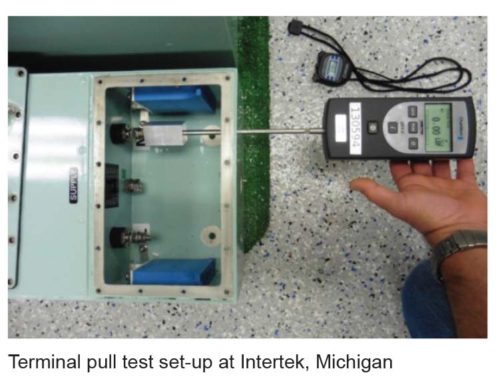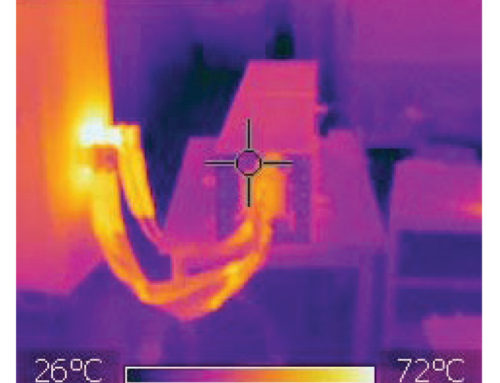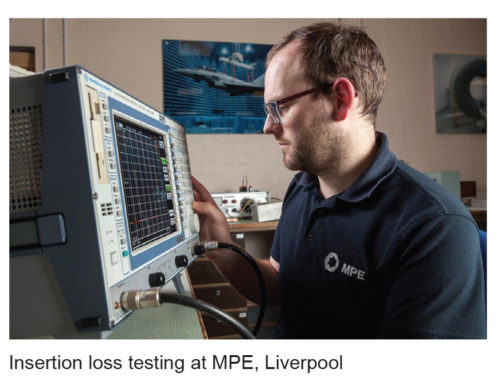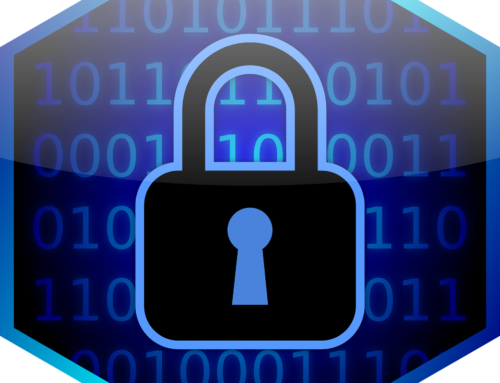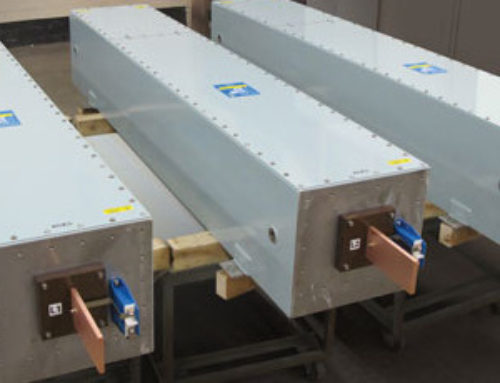
Who’s afraid of the big bad pulse?
This question opened the first general session of the Energy Council of the Northeast’s (ECNE) Fall Engineering and Operations Conference in Danvers, MA, on October 27th. Terry Murch of Technical Sales Solutions, LLC (TSS) spearheaded the session panel, which included EMP/HEMP/IEMI experts Paul Currie (MPE-USA), Bruce Benwell (Directed Energy Technologies), and Randy White (Jaxon Engineering and Maintenance). Their presentation, “The Threat to the United States Critical Infrastructure from Electromagnetic Pulse (EMP)”, was well-received, acknowledging EMP/HEMP and IEMI as very real threats while placing an emphasis on practical, scalable solutions.
Hollywood has featured exaggerated EMP/HEMP and IEMI attacks in more than one blockbuster film, but that doesn’t make them any less of a danger in reality. All it takes is one civilian or group with nefarious intentions and/or something to prove to obtain a magnetron and turn it into a Directed Energy (DE) device capable of causing significant disruption to local energy operations. A homemade DE device of sufficient power can freeze security systems, destroy equipment, and cause widespread outages and blackouts. The importance of hardening installations before “BOOM” cannot be overstated enough, since, in the case of a large-scale, high-power attack, “too late really is too late.”
EMP/HEMP/IEMI protection is available and scalable. Mil-Std-188-125 compliant installations offer the highest level of protection and are appropriate for some mission-critical assets. However, hardening a facility to this extent requires a large budget, and can run into the millions of dollars. A more cost-effective solution for critical infrastructure, like power stations, utilizes a combination of smaller filters along with new and existing architecture of the facility to create a hardening scheme at significantly less money that attenuates pulses up to the required level. For facilities with severe budgetary constraints that have few or no critical assets, hardening solutions that can be scaled down to become even more cost-effective and offer attenuation that is sufficient to protect their operations.
For more information, see the full presentation:

